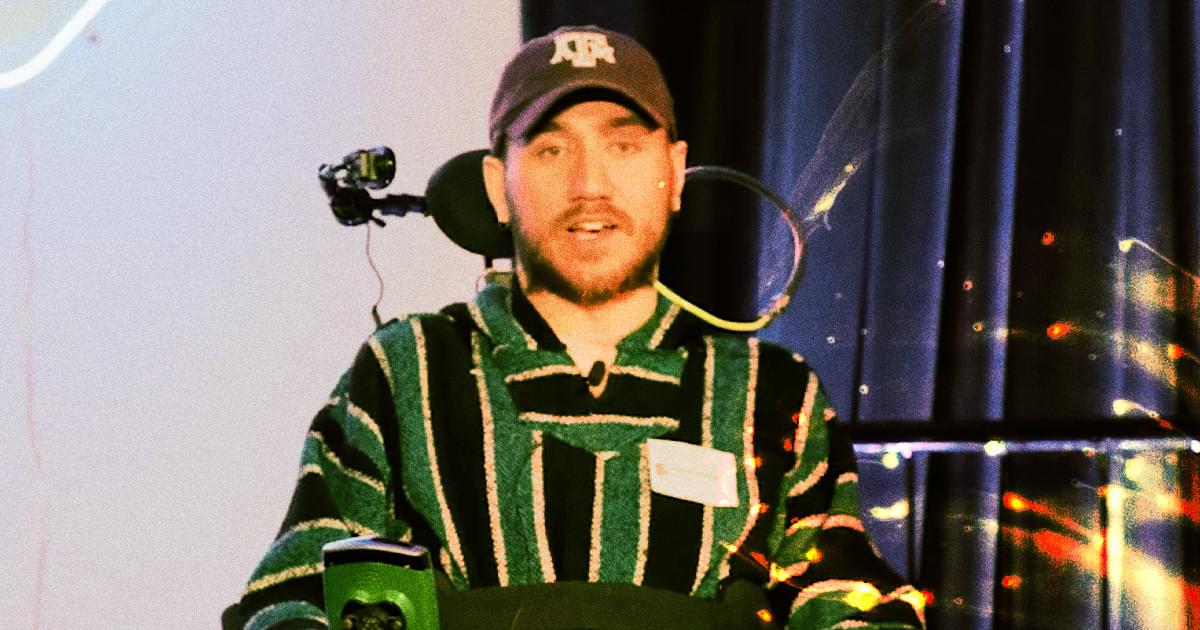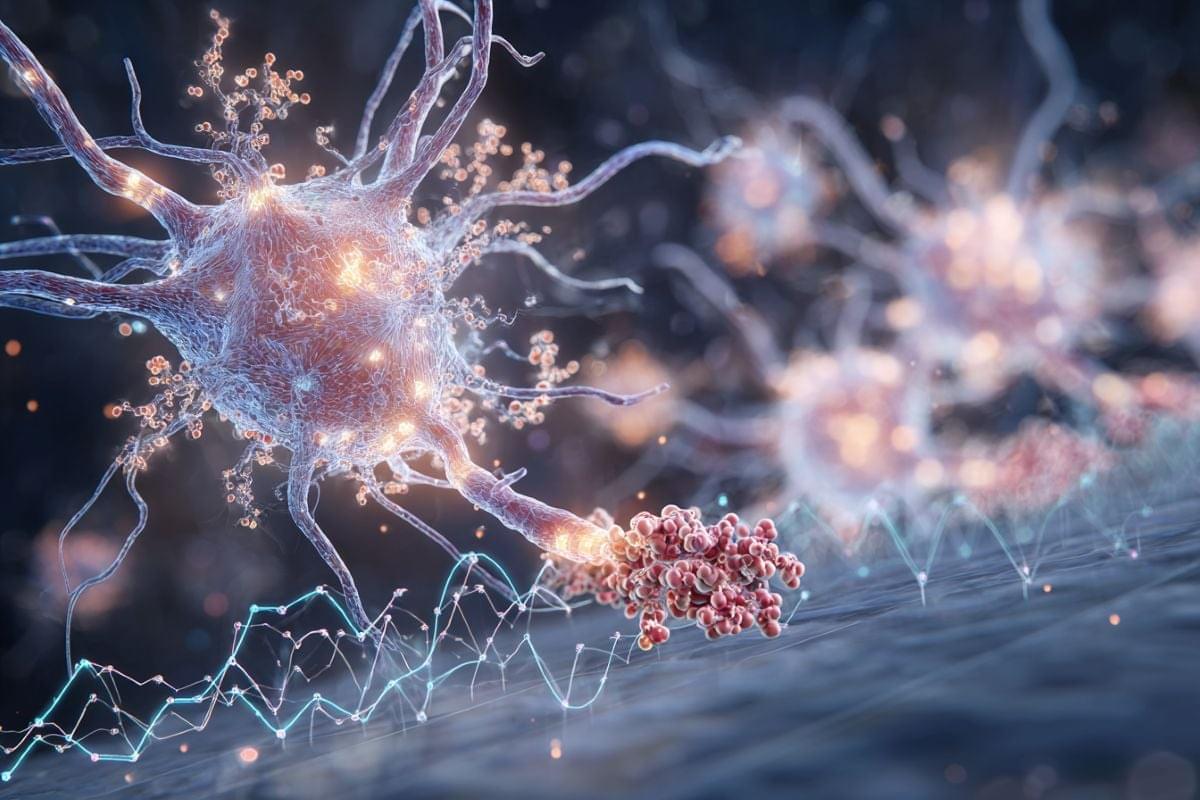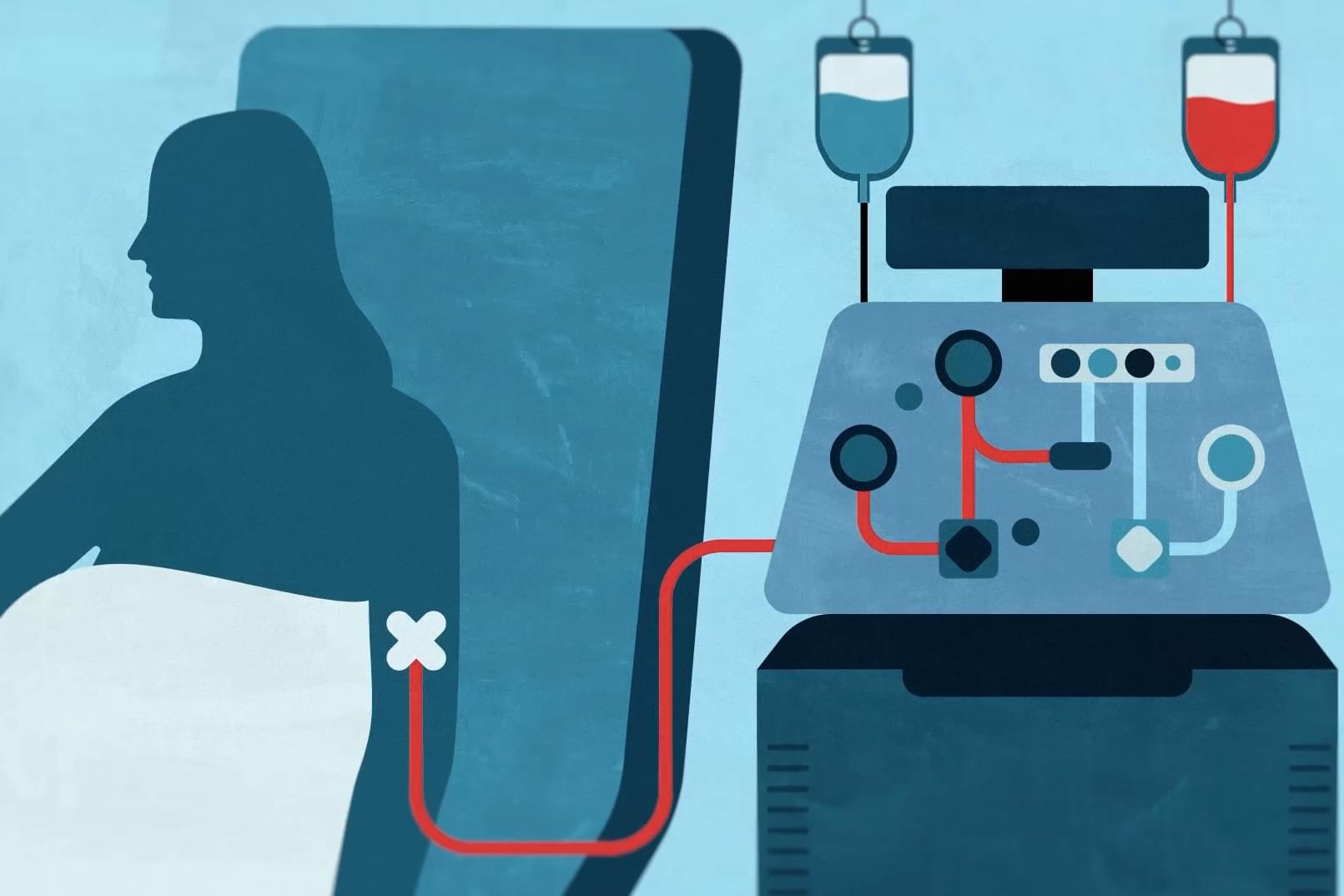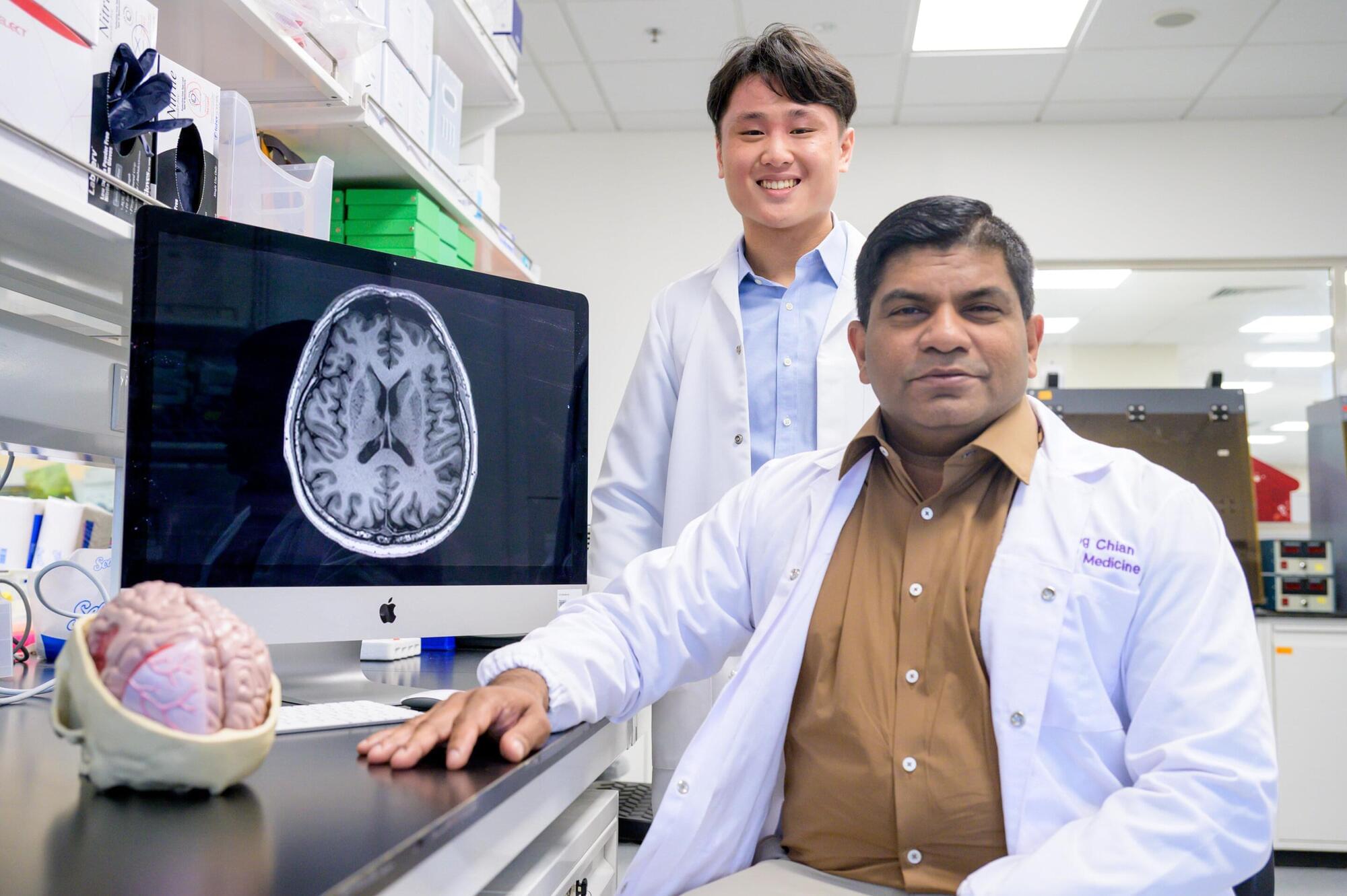face_with_colon_three year 2024.
The first human Neuralink patient would like to get a Tesla Optimus robot and control it with the implant in his brain.


Pause and Rewind: Temporarily silencing the neural activity in the motor cortex paused the brain’s timer, whereas silencing the striatum rewound the timer.
Broader Impacts: These findings reveal how the brain keeps time to coordinate movement, which one day may be harnessed to restore movement in disorders like Parkinson’s and Huntington’s.
Whether speaking or swinging a bat, precise and adaptable timing of movement is essential for everyday behavior. Although we do not have sensory organs like eyes or a nose to sense time, we can keep time and control the timing of our actions. Such timing accuracy depends on a timer in the brain, but how the brain implements this timer was previously unknown. In research published this week in Nature, MPFI scientists Zidan Yang, Hidehiko Inagaki, and colleagues reveal how this timer works through the interaction of two brain regions—the motor cortex and the striatum. Together, these areas track the passage of time much like an hourglass.
Read More
MPFI Scientists have discovered how two brain areas work together like an hourglass to flexibly control movement timing.

Scientists are trying a revolutionary new approach to treat rheumatoid arthritis, multiple sclerosis, lupus and other devastating autoimmune diseases — by reprogramming patients’ out-of-whack immune systems.
When your body’s immune cells attack you instead of protecting you, today’s treatments tamp down the friendly fire but they don’t fix what’s causing it. Patients face a lifetime of pricey pills, shots or infusions with some serious side effects — and too often the drugs aren’t enough to keep their disease in check.
“We’re entering a new era,” said Dr. Maximilian Konig, a rheumatologist at Johns Hopkins University who’s studying some of the possible new treatments. They offer “the chance to control disease in a way we’ve never seen before.”

“Drains” in the brain, responsible for clearing toxic waste in the organ, tend to get clogged up in people who show signs of developing Alzheimer’s disease, a study by researchers from Nanyang Technological University, Singapore (NTU Singapore) has discovered.
This suggests that such clogged drains, a condition known as “enlarged perivascular spaces,” are a likely early-warning sign for Alzheimer’s, a common form of dementia.
“Since these brain anomalies can be visually identified on routine magnetic resonance imaging (MRI) scans performed to evaluate cognitive decline, identifying them could complement existing methods to detect Alzheimer’s earlier, without having to do and pay for additional tests,” said Associate Professor Nagaendran Kandiah from NTU’s Lee Kong Chian School of Medicine (LKCMedicine) who led the study.
321 watching now • Started streaming on Nov 17, 2025 • #news #latestnews #economictimes
*This video was recorded at ‘Paths to Progress’ at LabWeek hosted by Protocol Labs & Foresight Institute.*
Protocol Labs and Foresight Institute are excited to invite you to apply to a 5-day mini workshop series to celebrate LabWeek, PL’s decentralized conference to further public goods. The theme of the series, Paths to Progress, is aimed at (re)-igniting long overdue progress in longevity bio, molecular nanotechnology, neurotechnology, crypto & AI, and space through emerging decentralized, open, and technology-enabled funding mechanisms.
*This mini-workshop is focused on Paths to Progress in Molecular Nanotechnology*
Molecular manufacturing, in its most ambitious incarnation, would use programmable tools to bring together molecules to make precisely bonded components in order to build larger structures from the ground up. This would enable general-purpose manufacturing of new materials and machines, at a fraction of current waste and price. We are currently nowhere near this ambitious goal. However, recent progress in sub-fields such as DNA nanotechnology, protein-engineering, STM, and AFM provide possible building blocks for the construction of a v1 of molecular manufacturing; the molecular 3D printer. Let’s explore the state of the art and what type of innovation mechanisms could bridge the valley of death: how might we update the original Nanotech roadmap; is a tech tree enough? how might we fund the highly interdisciplinary progress needed to succeed: FRO vs. DAO?
*About The Foresight Institute*
The Foresight Institute is a research organization and non-profit that supports the beneficial development of high-impact technologies. Since our founding in 1986 on a vision of guiding powerful technologies, we have continued to evolve into a many-armed organization that focuses on several fields of science and technology that are too ambitious for legacy institutions to support. From molecular nanotechnology, to brain-computer interfaces, space exploration, cryptocommerce, and AI, Foresight gathers leading minds to advance research and accelerate progress toward flourishing futures.
*We are entirely funded by your donations. If you enjoy what we do please consider donating through our donation page:* https://foresight.org/donate/

Slicing up and analyzing real, living, three-dimensional brain tissue comes with some obvious complications – as in, it tends to be needed by its owner. But scientists are now closer than ever to being able to grow realistic brain tissue models in the lab to experiment on instead.
A team of researchers led by the University of California, Riverside (UCR) have created a tiny scaffolding some 2 millimeters (0.08 inches) wide, on which donated neural stem cells can be attached and develop into full neurons.
The scaffolding is called BIPORES – or the Bijel-Integrated PORous Engineered System – and it’s made mostly of the common polymer polyethylene glycol (PEG). The researchers modified the PEG to make it ‘sticky’ for brain cells, without needing the usual coatings that can interfere with the reliability of the science.

